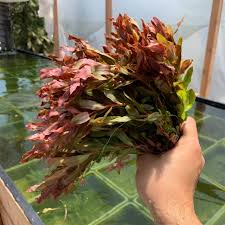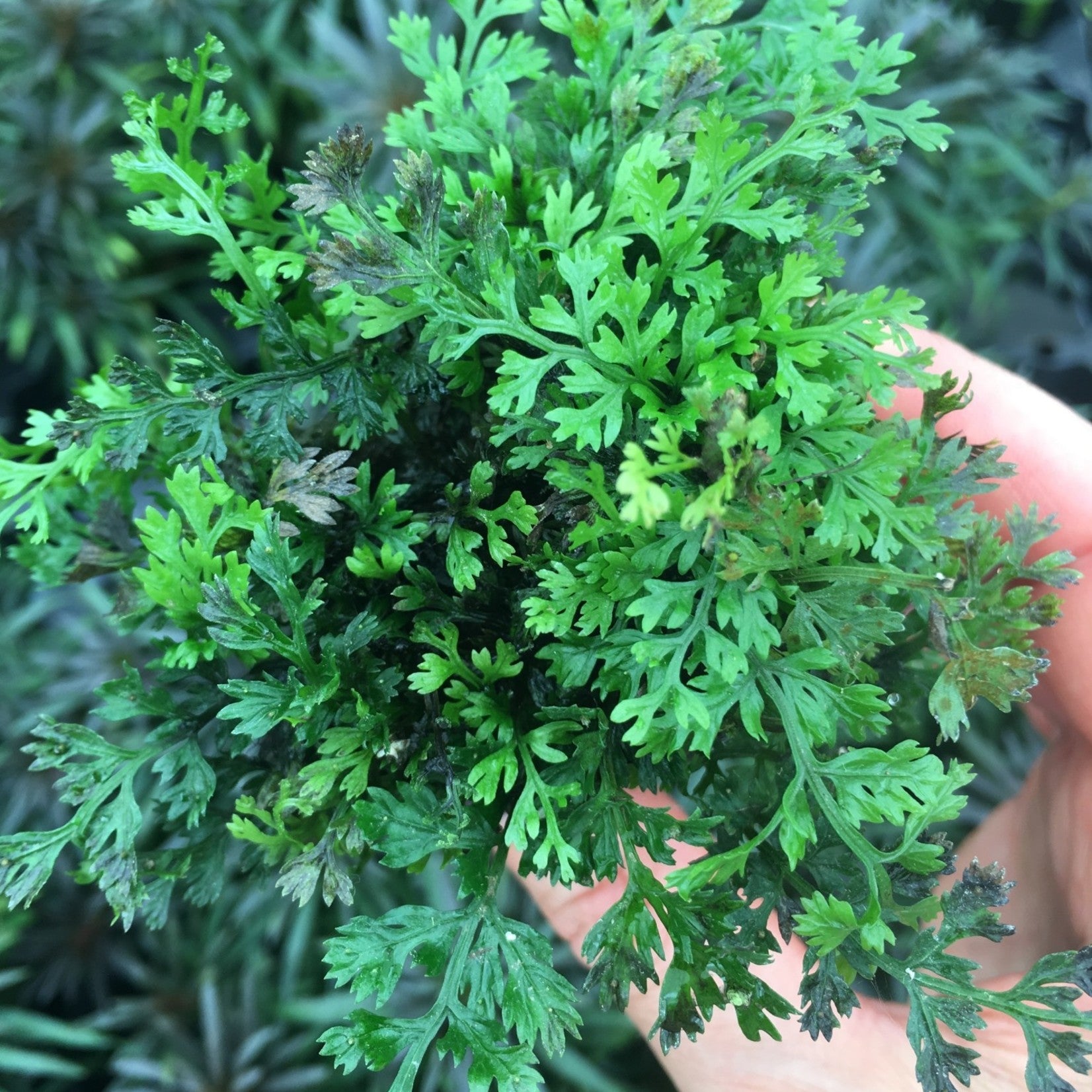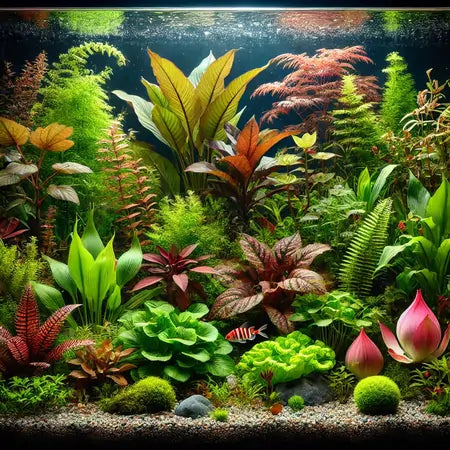If you're a passionate aquarist, propagating aquarium plants is one of the most rewarding activities you can undertake. Not only does it save you money, but it also allows you to customize your aquarium's look while keeping your underwater ecosystem healthy and thriving. At Canton Aquatics, we’re here to help you grow your aquatic garden and make propagation a breeze.
Why Propagate Aquarium Plants?
Propagation offers multiple benefits:
-
Cost Efficiency: Instead of repeatedly buying new plants, propagate existing ones.
-
Aquascaping Flexibility: Grow plants tailored to your tank’s aesthetic.
-
Healthier Tanks: Propagation can reduce overgrowth while improving oxygen levels and water quality.
Methods of Propagation
1. Cutting and Replanting (Stem Plants)
This method works best for stem plants like ludwigia aquarium plants, vallisneria aquarium plants, and rotala aquarium plants.
-
Steps:
- Identify a healthy, mature stem.
- Use sharp scissors to cut about 4-6 inches from the top of the plant. Ensure the cutting includes several leaves.
- Remove the leaves near the bottom of the stem.
- Plant the cutting into your aquarium substrate, ensuring it’s stable.
-
Pro Tip: Use eco planted aquarium substrate from our shop to help new cuttings root faster.
2. Rhizome Splitting (Anubias and Java Fern)
Plants like anubias aquarium plants and java ferns grow from a rhizome, a thick horizontal stem.
-
Steps:
- Gently remove the plant from the substrate or driftwood.
- Locate a natural division in the rhizome and cut it with sharp scissors.
- Replant each section back into the tank, anchoring them to driftwood or rocks if needed.
-
Shop Tip: Pick up some aquarium plant anchor weights from Canton Aquatics to keep your new rhizome sections secure.
3. Runners and Offshoots (Grass-Like Plants)
Plants like dwarf hairgrass, sword plants, and vallisneria spread naturally by sending out runners.
-
Steps:
- Wait for the parent plant to produce offshoots connected by runners.
- Gently separate the offshoot from the parent plant using scissors.
- Plant the offshoot into your substrate.
-
Did You Know? Aquarium plant food and fertilizers available at Canton Aquatics can boost runner growth for these plants.
4. Floating Plant Propagation (Duckweed and Frogbit)
Plants like duckweed aquarium plants and frogbit propagate by naturally splitting and multiplying.
-
Steps:
- Ensure optimal lighting and nutrient levels in the water.
- Collect the excess growth periodically and transfer it to other parts of the tank or a new aquarium.
-
Pro Tip: Check out our live fish aquarium plants section for hardy floating plant options.
Essential Tools for Propagation
To make the process smoother, ensure you have these essentials:
-
Aquarium scissors and tweezers for precision.
-
Fertilizers like root tabs for nourishing your new plants.
-
LED aquarium plant lights to optimize growth.
-
Aquarium driftwood or rocks for anchoring plants.
Caring for Propagated Plants
-
Lighting: Ensure adequate light for photosynthesis. Plants like rotala aquarium plants thrive under moderate to high light.
-
Nutrients: Add aquarium plant food to your tank regularly to support growth.
-
Trimming: Prune overgrowth to prevent overcrowding.
Final Thoughts
Propagating aquarium plants is a fulfilling way to enhance your aquascape, save money, and grow your aquarium expertise. Whether you’re propagating floating plants, stem plants, or rhizome plants, Canton Aquatics has everything you need to get started. Browse our selection today and take your aquarium to the next level!



